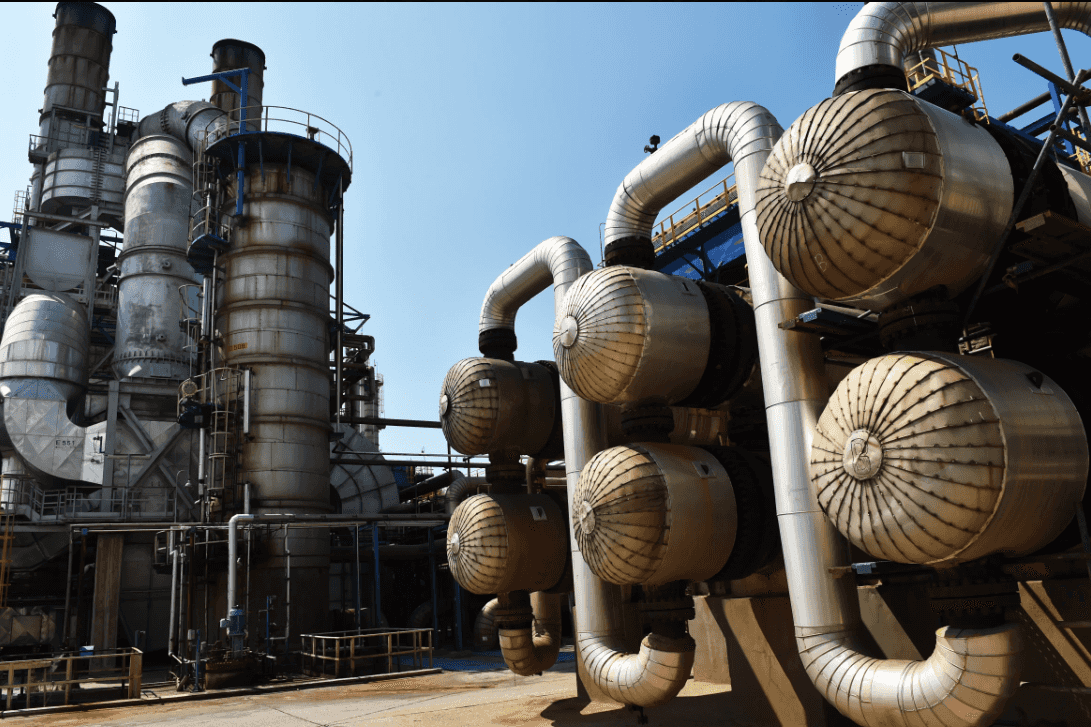
One of Armenia’s largest taxpayers, the Zangezur Copper and Molybdenum Combine (ZCMC), is demanding ֏4.7 billion ($12 million) in damages from eight workers dismissed for joining a strike in late January.
The same amount was issued as a lien on their property, with the exception of monetary funds and bank accounts.
The miners’ lawyer, Hrayr Khachatryan, reported the demands in a Facebook post on 25 May.
Khachatryan described his lengthy post as a ‘Notification — SOS’, expressing hope that public support would help bring widespread attention to the issue and ultimately restore justice.
In turn, the former mine employees also filed lawsuits to regain their jobs, which they lost after launching a strike for better pay and working conditions on 31 January.
Despite the mine and its trade union claiming the strike was held ‘in violation of the labour legislation’ and that the strikers’ demands were ‘unrealistic’, an agreement was reached between the two sides on the 11th day of the protest.

In his Sunday Facebook post, Khachatryan insisted that the actions of the eight defendants ‘could not have caused any damage’ to the Zangezur mine.
‘ZCMC also had thousands of employees who did not participate in the strike and who had the ability to ensure the company’s normal operations. However, it appears that this was deliberately not coordinated, and as a result, the company states it suffered damages due to the strike, whereas this does not reflect the reality’, Khachatryan wrote.
The eight dismissed employees, as described by their lawyer, raised the issues miners were unhappy with, defending the interests and rights of ‘thousands’ of Zangezur mine employees.
They were ‘subjected not only to unfounded persecution but also to discriminatory treatment and targeting in terms of compensation for alleged damages’.

On 10 February, the Zangezur mine released a statement containing three points of their assumed obligations following the end of the strike, which did not include any statement regarding the fired employees.
On the same day, Vahe Mkhitaryan, one of the strike coordinators who was among those fired, announced on Facebook Live that the strikers had also reached an agreement with the mine management regarding the ‘exclusion of persecution against protest participants, [and the] review of the orders for the dismissal of eight protest participants’.
In turn, a ruling Civil Contract party MP, Armen Khachatryan, who was one of the two MPs who took part in the final negotiations, proposed in a Facebook post to review the legality of the dismissal orders ‘through a higher authority or judicial procedure’.
However, no such procedure exists at the Zangezur mine.
Instead, the dismissed employees were urged to pursue legal action to defend their rights, Hetq reported on 29 April, citing the fired workers who, before filing a court case, had appealed to the mine’s management to restore their employment.
Shortly before reaching an agreement, the Zangezur mine posted an interview of Roman Khudoly, the mine’s general director, with Syunik TV, in which he blamed an unnamed group of people for planning the ‘illegal’ strike and ‘misleading and using the combine’s staff to achieve their personal goals’, which he claimed were to ‘to gain control of the combine, to take control of all material flows’.
Khudoly said that he had fired the eight strikers who he claimed were being ‘used by third [party] forces’.
The Zangezur Copper and Molybdenum Combine is the largest tax-paying company in Armenia, with the Armenian government owning 21.8% of the total shares.











